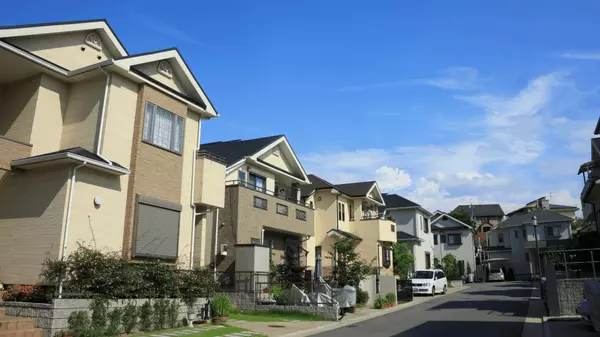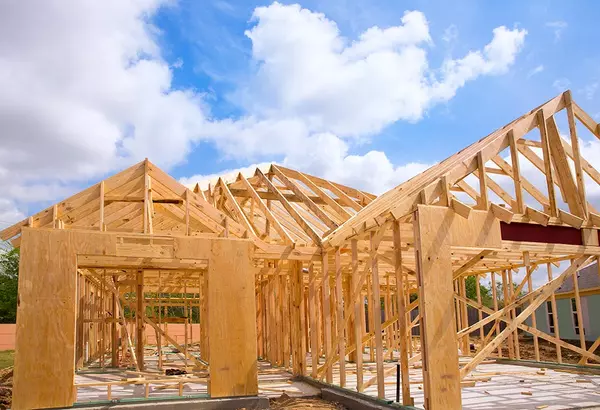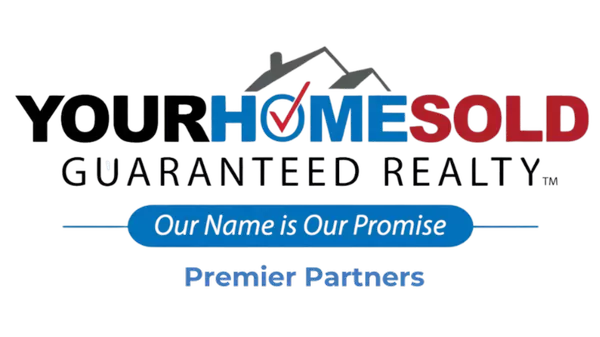
What To Know About Closing Costs
Buying a home is an exciting milestone, but it also comes with various expenses beyond the down payment. One of the key costs you’ll need to plan for is your closing costs. These additional fees are a standard part of the homebuying process, so it’s important to understand them before finalizing y

The Real Scoop on Today’s Home Prices
If you’ve been keeping an eye on home prices lately, you’re not alone. With so much conflicting information out there, it can be tough to know what’s actually happening and how it affects your next move. As a buyer, you might be concerned about overpaying. And if you’re a seller, you may be worried

What Credit Score Do You Need to Buy a Home?
Your credit score plays a major role when you're planning to purchase a home. Think of it as your financial grade that lenders use to assess your eligibility and determine what kind of mortgage suits you best. As highlighted by The Mortgage Report: "Strong credit scores show lenders that you have a
Categories
Recent Posts










